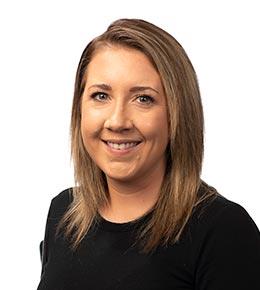
Sydney Bormann

What I love about USD is the welcoming and supportive atmosphere. Faculty are committed to our success and there is a genuine sense of collaboration. Graduates consistently have competitive board scores and successfully match into all specialties. As a South Dakota native, USD feels like home. The experiences I have had as a medical student at USD have made me even more passionate about practicing in SD after residency. A unique aspect of USD is the various campuses across the state. Having multiple sites gives students the ability to tailor their medical education to their specific career goals. We get hands-on experience and the opportunity to work closely with clinical faculty as early as our first year. USD offers opportunities to get involved – volunteering at student run clinics, working with faculty on research projects, serving in class leadership roles, or attending interest group meetings led by upperclassmen, there's no shortage of opportunities to pursue their passions.
Sydney Bormann
USD SSOM Class of 2024

















